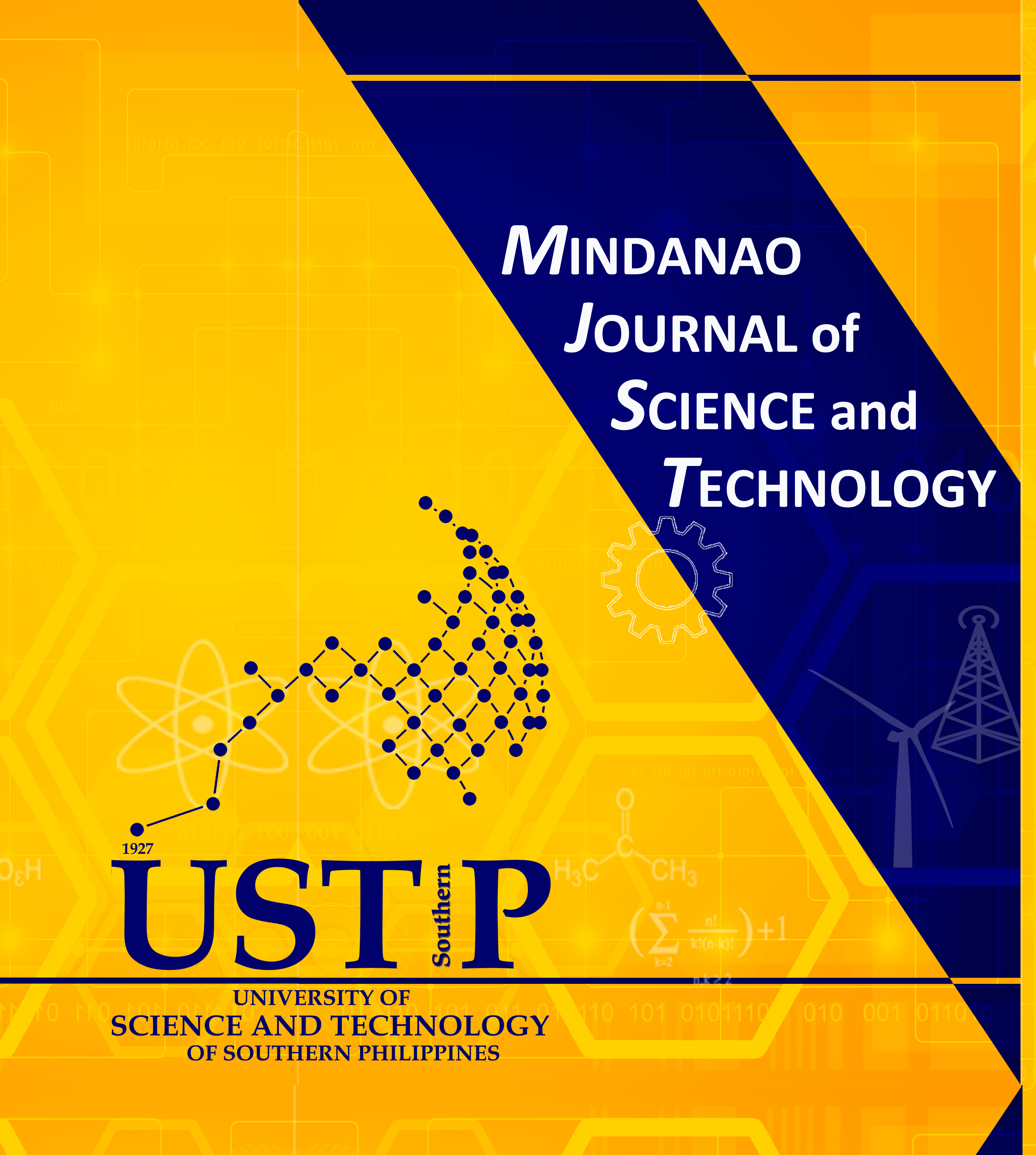Design and Performance Evaluation of a Cashew Apple (Anacardium occidentale L.) Slicing Machine
DOI:
https://doi.org/10.61310/mjst.v22i1.1959Keywords:
capacity, cashew, efficiency, postharvest technology, slicing speedAbstract
One challenge in cashew apple (CA) production is the absence of processing equipment, leading to manual operations. Cashew apple processors often resort to manual slicing, resulting in uneven thickness and increased manpower requirements. This study aimed to address these issues by developing a slicing machine that ensures uniform thickness and reduces the need for manual labor during the slicing process. The machine underwent evaluation at three different slicing speeds (28, 42, and 60 strokes per minute [spm]). The most efficient speed was found to be 60 spm, with a slicing capacity of 249.26 kg/h and a slicing efficiency of 86.66%. The corresponding rates for damaged sliced CAs and juice extraction during slicing were 4.93 and 22.33%, respectively. In comparison, manual slicing demonstrated a capacity of 32.21 kg/h and a slicing efficiency of 29.99%. The machine’s capacity was almost eight times higher than that of manual slicing. The optimal slicing speed for CAs was determined to be 60 spm, which significantly reduced losses in terms of thickness, extraction, and physical damage of CA during the slicing process. Using the machine not only minimized the time required for slicing but also reduced labor costs, making it a more efficient and economically viable option for CA processing.










